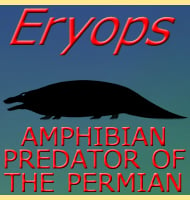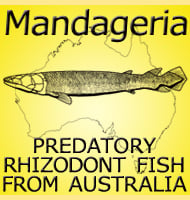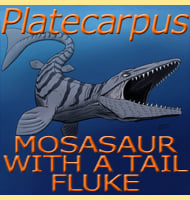In Depth
To date not much can be revealed about Bakonydraco other than it was almost certainly an azdarchid pterosaur. Bakonydraco did still differ from many other azdarchids however by having what appears to have been a tall, deep beak. This has implied a possibly piscivorous specialisation as opposed to a more general carnivore. It has also been suggested that Bakonydraco may have also been a frugivore, feeding upon the fruit from plants.
Another potential specialisation can be seen in the way that the lower jaw came together towards the tip. The mandible of Bakonydraco is made up of two halves like in other pterosaurs, and indeed most other creatures, but the front half is fused together. When fused the halves also become laterally compressed giving Bakonydraco a flattened ‘spear tip’ appearance to its front jaw. It is hard to see with certainty how this adaptation helped Bakonydraco as its function is more down to how you interpret it. If Bakonydraco ate fish, the narrow jaw would have reduced water resistance allowing for faster and more precise strikes at prey. Alternatively if Bakonydraco was a frugivore the narrow jaw may have allowed Bakonydraco to pick fruit without the bulk of a larger beak pushing branches out of reach.
Further Reading
– First evidence of azhdarchid pterosaurs from the Late Cretaceous of Hungary. – Acta Palaeontologica Polonica. 50 (4): 777–787. Retrieved 2009-07-28. – Attila �si, David B. Weishampel & Coralia M. Jianu – 2005.








